Occupation Writer Nationality Brazilian | Name Joao de Role Poet | |
Born Joao Cabral de Melo Neto9 January 1920Recife, Brazil ( 1920-01-09 ) Notable awards Camoes Prize1990Neustadt International Prize for Literature1992 Movies Death and Life of a Severino Spouse Marly de Oliveira (m. 1986–1999), Stella Maria Barbosa de Oliveira (m. 1946–1986) Children Joao de Melo, Isabel de Melo, Luiz de Melo, Rodrigo de Melo, Inez de Melo Parents Carmem Carneiro Leao, Luiz Antonio Cabral de Melo Similar People Manuel Bandeira, Carlos Drummond de Andra, Joao Guimaraes Rosa, Clarice Lispector, Ferreira Gullar | ||
Jo o cabral de melo neto poemas
João Cabral de Melo Neto (January 9, 1920 – October 9, 1999) was a Brazilian poet and diplomat, and one of the most influential writers in late Brazilian modernism. He was awarded the 1990 Camões Prize and the 1992 Neustadt International Prize for Literature, the only Brazilian poet to receive such award to date. He was considered until his death a perennial competitor for the Nobel Prize in Literature.
Contents
- Jo o cabral de melo neto poemas
- Terceiro momento moderno Joo Cabral de Melo Neto
- Life
- Poetry
- Works
- Autos
- References
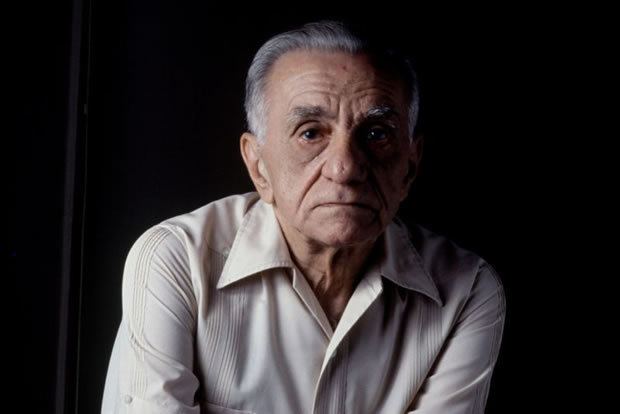
Melo Neto's works are characterized by a staunch formal righteousness that was present in several layers of his poems, something that distinguishes his oeuvre from that of any other Brazilian poet. His style ranges from the surrealist tendency that marked his early poetry to the use of regional elements of his native northeastern Brazil, including the traditional form of the cordel. In Morte e Vida Severina, the only of his works that have come to be widely read by the general public, both these later aspets are found through Melo Neto's addressing the culture and the harshness of life in arid Pernambuco.
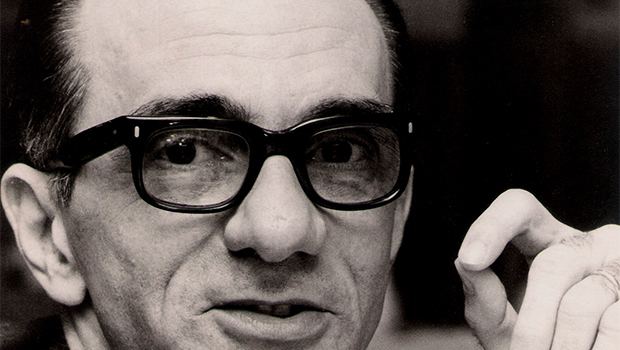
Terceiro momento moderno: João Cabral de Melo Neto
Life
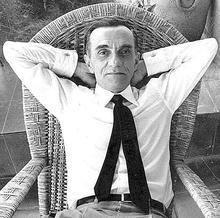
Melo Neto was born in Recife, Pernambuco, and spent most of his youth in his family's sugar-cane mills in the interior of the state. He was a cousin of distinguished poet Manuel Bandeira and sociologist Gilberto Freyre. In 1940, his family moved to Rio de Janeiro.
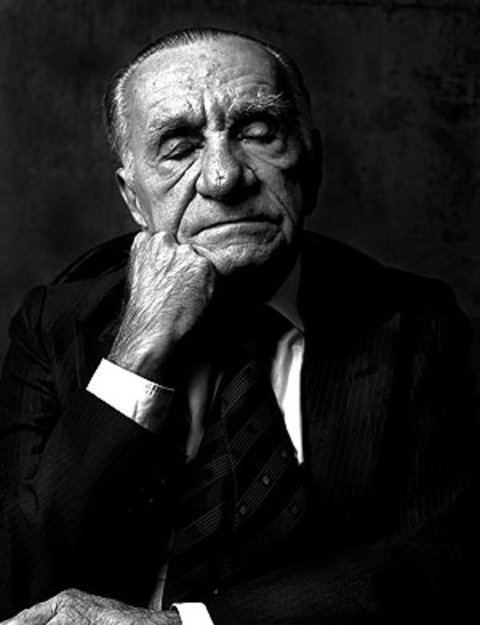
Two years later, Melo Neto published his first book of poems, Pedra do Sono, from his own expense, with a circulation of 340 copies. In 1945, he applied to the position of diplomat, a position he would hold for most of his life. The followin year, he married Stella Maria Barbosa de Oliveira, with whom he had five children.
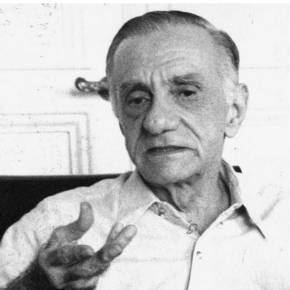
After passing through several different countries, he became consul of Brazil in Porto in 1984, only returning to Rio de Janeiro three years later. He worked for many years in Spain, and his experiences there would greatly influence his poetry of the time.
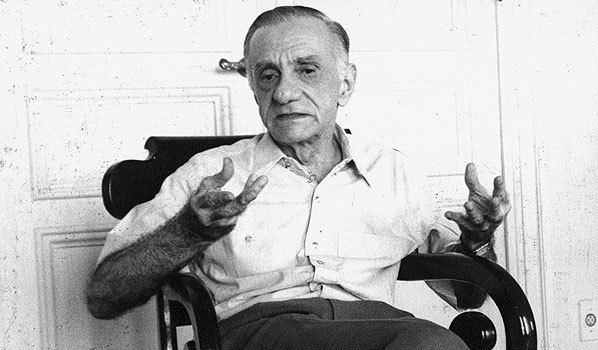
In 1956, Melo Neto published his most famous work, Morte e Vida Severina, and, 1968, he was elected to the 37th chair of the Brazilian Academy of Letters.
In 1986, he married Marly de Oliveira and, two years later, he retired, resigning from his office as embassador. Melo Neto died in 1999, in Rio de Janeiro. In a career spanning more than fifty years, Melo Neto published 18 books of poetry and two autos.
Poetry
Melo Neto's works are dry and often devoid of any emotions, sticking to an esthetic rigor averse to any sort of confessions by the poet. Melo Neto's writing focus on images, actions, and physical descriptions rather than feelings. Because of this, the image of an engineer designing a building is often used to describe his poetry, an epithet Melo Neto himself adopted. His poetry was also marked by his strict use of meter and assonant rhymes.
Melo Neto searched for an elaborate construction of language and thought, attempting to transform the perception of an object into something concrete and definable by the senses, most notably to touching. One of the greatest achievements Melo Neto accomplished in this task was his poem Uma Faca Só Lâmina ("A Knife Only Blade"), in which he presents the image of a knife cutting through the feeling of emptiness as if cutting directly into the flesh, among other sensorial metaphors.
Melo Neto frequently uses antithetical dualities in his poems, often worked to exhaustion: time and space, inside and outside, corporal and spiritual, male and female, the northeastern Brazil and the Andalusian fertile semidesert, or the Savanna and the Pernambucan humid desert, seeking a purely objective constructive and communicative poetry.
About his poetry, one of the founder figures of Concretism, Augusto de Campos has said:
Works
Melo Neto's most famous poems are:
